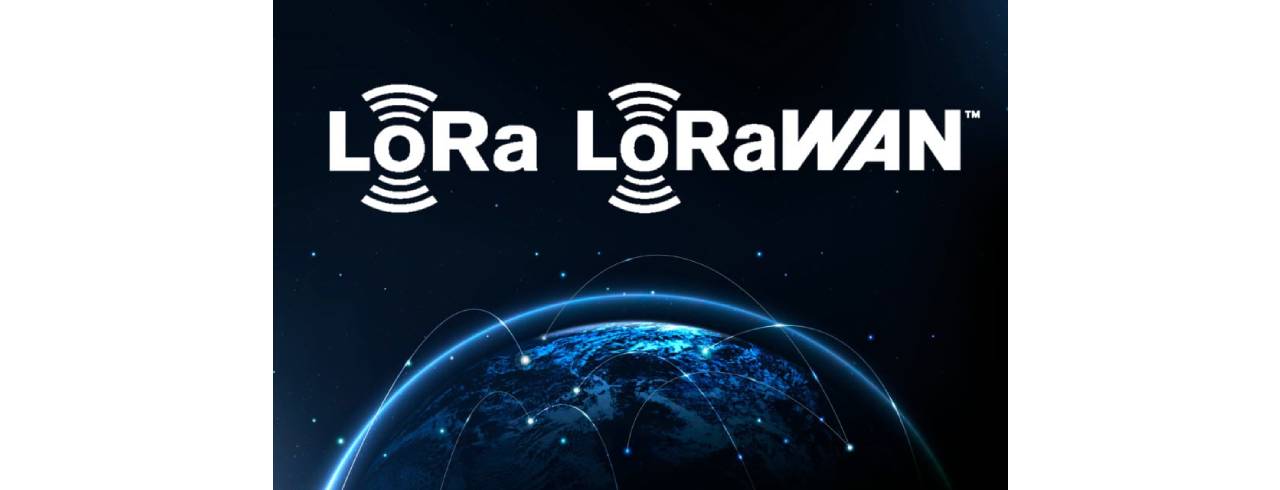The LoRa Alliance, a non-profit organization established in 2015 and responsible for creating the LPWAN network, built the LoRaWAN communication network. Many players who support IoT applications are united under the LoRa Alliance, which has now established itself as a standard in the technology industry. This foundation aims to expand the use of the LPWAN standard globally and enable wireless connectivity between Internet of Things devices.
Today's market has various solutions to join an LPWAN network (Sigfox, LoRaWAN, NB-IoT, etc.) So what exactly is the distinction between LoRa and LoRaWAN?

A radiofrequency signal called LoRa, or "Long Range," is located in the PHY layer of a communications device. The owner of this radio frequency signal is Semtech, a business with headquarters in California. Moreover, the LoRa modem aids in the radiofrequency signal conversion of data.
According to the message it conveys, the LoRa signal changes. Moreover, the entire channel bandwidth is typically merged for transmission. In turn, this makes the signal more resistant to frequency deviations. Apart from wireless and Bluetooth, there are various radiofrequency signal forms. Nonetheless, LoRa aids in improving receiver sensitivity. Also, it has a better connection range for data transfer that, under ideal circumstances, may travel nearly 20 kilometers. As a result, LoRa can be used to offer networking solutions in rural locations.
Wireless LoRa technology can transmit relatively small amounts of data over long distances. Additionally, because LPWA network solutions are created specifically for battery-operated and extremely low-power devices inside an IoT ecosystem, LoRa is generally known to be one of the foundational technologies of LPWA networks that aid in the incorporation of Gigantic IoT. For instance, soil sensors in agribusiness are used to measure the humidity and PH of soils.
A technology called LoRaWAN connects a signal to an application by the data transmission layer of telecommunications equipment. LoRaWAN is also an acronym for Long Range Wide Area Network. Architecture and protocol regulation are made easier by LoRaWAN. As a result, it affects the network's performance, node battery life, quality of service, and confidentiality of sent data. You can supply bi-directional and long-range telecommunication options for many circumstances when LoRaWAN is properly integrated with LoRa radiofrequency signals.
LoRaWAN is extremely prevalent for Wireless systems in Smart Cities because of all these advantages and the ability to reduce the amount of Gateway devices needed. The advantages of LoRaWAN over conventional communication channels, such as WLAN and mobile networks, are substantial.
One of LoRaWAN's main benefits is that it provides low-power, low-cost communication for gadgets without a high data transfer rate requirement. It's also the best option when Wi-Fi access is spotty or cellular service is too expensive. LoRaWAN is merely designed for inexpensive sensors. Moreover, the LoRaWAN protocol provides full two-way communication, which boosts the system's dependability and security.
LoRa and LoraWAN are non-cellular LPWAN wireless connectivity networks that use unlicensed spectrums. Moreover, LoRa uses radio modulation technologies. LoRaWAN is merely a LoRa technology or network.
LoRa and LoRAWAN have emerged as the most widely used non-cellular LPWA technologies and networks.
· The application and the LoRa signal are connected through LoRaWAN. Hence, one can state that LoRa is the radio signal that transfers data. Data communication over the network is governed and specified by the LoRaWAN protocol.
· LoRa solely consists of the physical protocol suite and a signal. Applications are connected to the signal through LoRaWAN. Since it has a data transmission layer, you can send data to any connected device. Over LoRaWAN, LoRa is more affordable.
· The physical layer, which is what long-range communication is all about, is defined by LoRa.
· For the network, LoRaWAN specifies the system architecture and communication protocol.
· LoRa is the name of a wireless modulation that enables communication with a high radio bandwidth at low power levels.
· LoRaWAN is the name of a network protocol that uses LoRa chips for communication.
· LoRa modulation can be used in networks requiring LoRaWAN.
· Although it is not feasible, we can use a network similar to LoRaWAN without a LoRa radio.
· LoRa uses Chirp Spread Spectrum (CSS) modulation to provide data rates utilizing various spreading factors.
· Due to its broad coverage potential, LoRaWAN is a wireless network used as a Wide Area Network (WAN).
Although LoRa is technically a modulation format owned by Semtech, it is frequently abused to refer to the complete LPWAN communication technology. Want to learn more LoRaWAN module, please feel free to feel free to be in touch with us: minewsemi@minew.com.